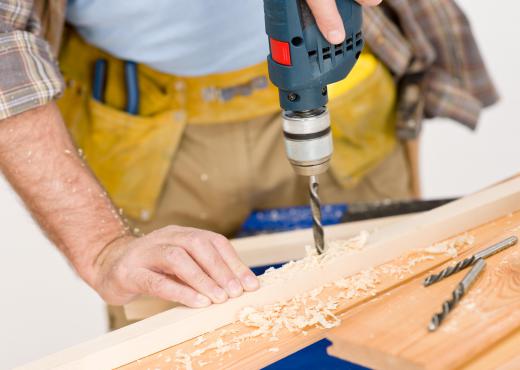A drill socket, or drill socket adaptor, is a tool that is used with a power drill. It is specifically designed to adapt sockets for use in drills. A socket is a type of wrench that is designed to fit over a nut or bolt, and is used for tightening and loosening. Drill sockets are used in a variety of applications, ranging from small home improvement projects to large commercial building construction.
Using a drill socket requires an appropriate drilling tool, a high-quality socket, and some operator technique. A power drill has a chuck, which holds and locks a drill bit or other adapter securely, so that it can perform its intended function. A drill socket has one end that is hexagonal in shape, with surfaces that engage with the drill chuck to allow it to be locked into place. This prevents the adapter from spinning when it is used for tightening or loosening a bolt or nut.

The other end of a drill socket has a square profile with a spring-loaded ball detent mechanism to hold a removable socket in place. The square end, known as the drive, allows separate, removable sockets to be used to fit many different sizes of fasteners. The drive size refers to the dimensions of the square end, to which the socket is mounted. While most drill sockets are designed to use removable sockets for improved versatility, they can also be purchased in fixed sizes, either individually or as a set.
Drill sockets are available in four common drive sizes, ranging from one-quarter to three-quarters of an inch (0.6 to 1.9 cm). Larger drives allow more force to be transferred to the fastener, and are normally used with commercial-grade fasteners in industrial applications. The most common drive sizes for everyday use range between one-quarter and one-half inch (0.6 to 1.3 cm). The removable sockets come in a variety of standard and metric sizes, varied lengths, and include special features designed to improve the holding force of the socket with the fastener.
Most drill sockets are made using standard carbon steel that has been hardened and plated for improved wear resistance. Drill sockets are also made using higher quality materials, such as metal alloys, to increase their force capability and extend useable life. Drill sockets will vary in cost, based on the material and features. The type and size of drill socket selected for a particular job depends on the fastener used, and the force required for tightening and loosening it.
